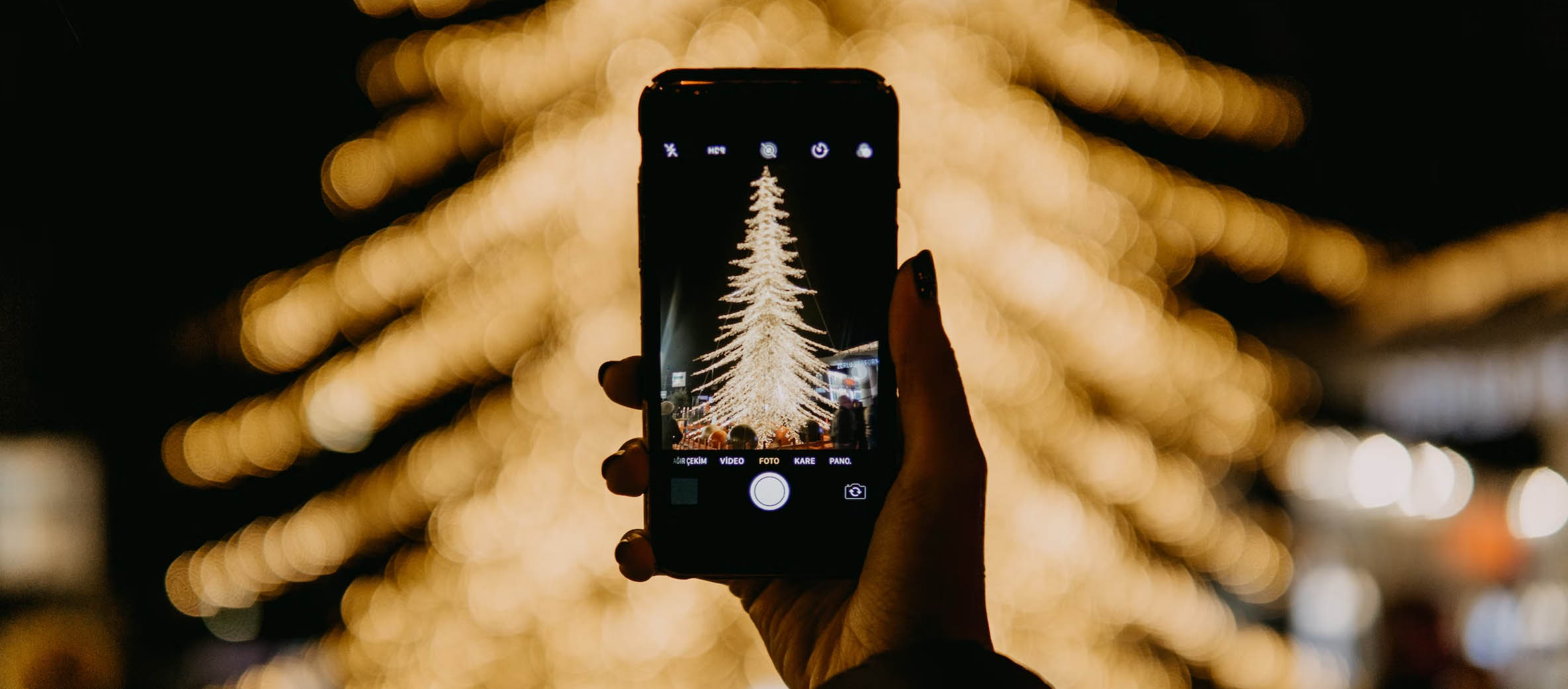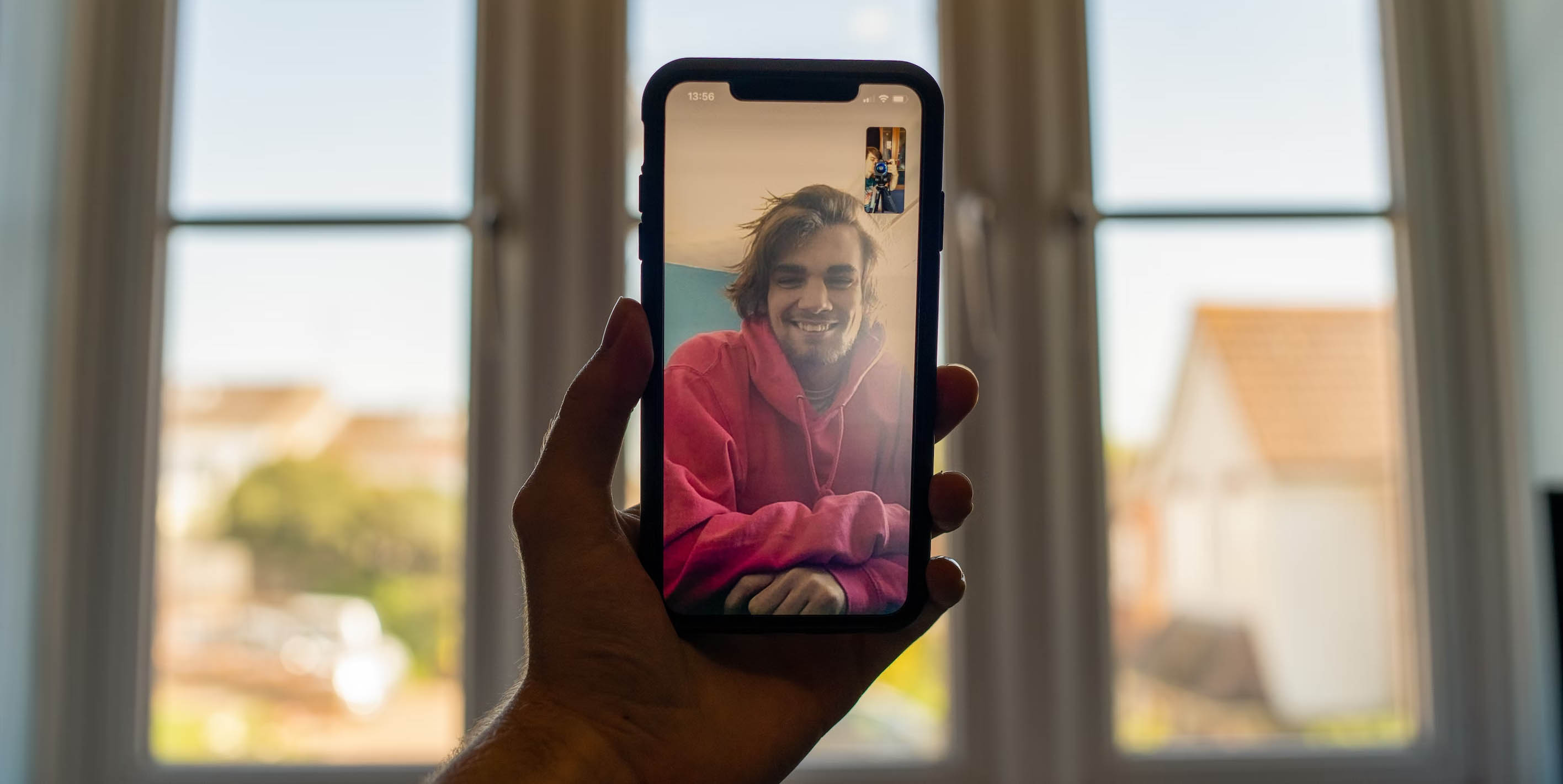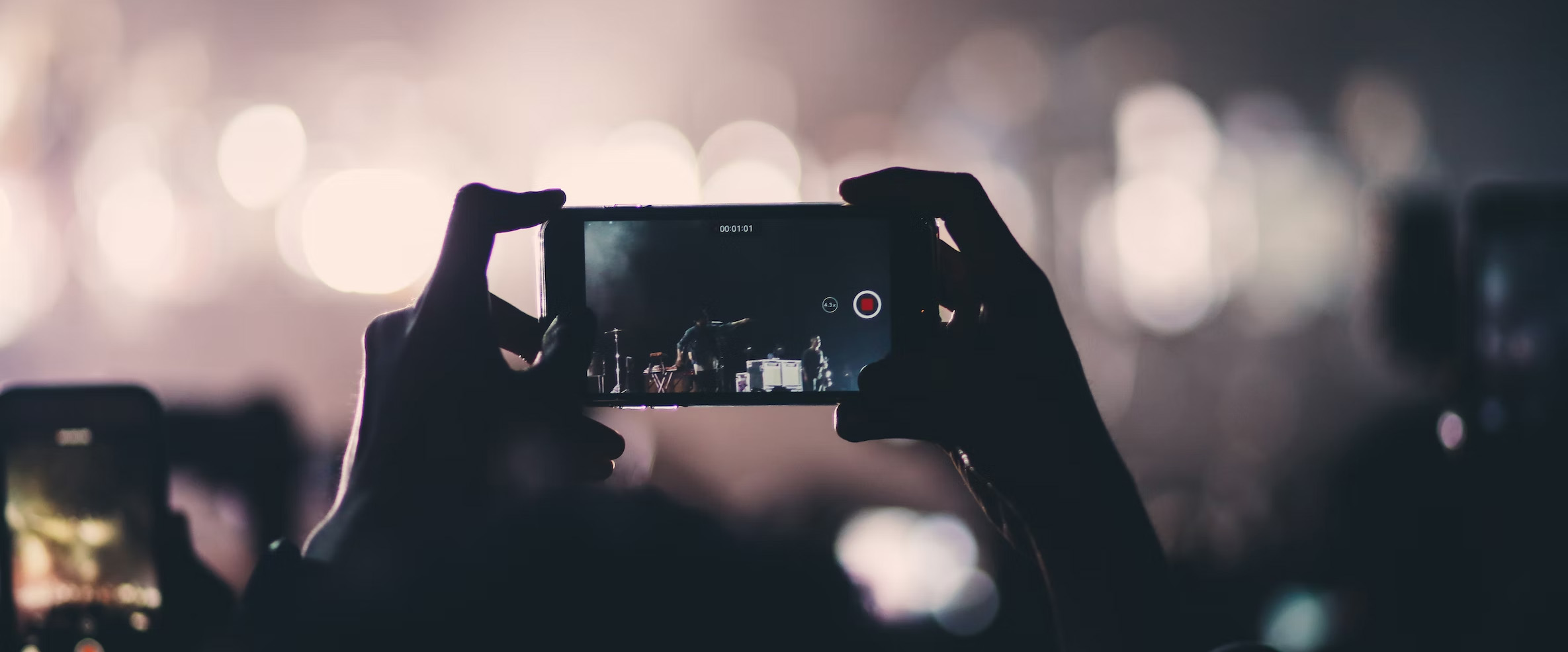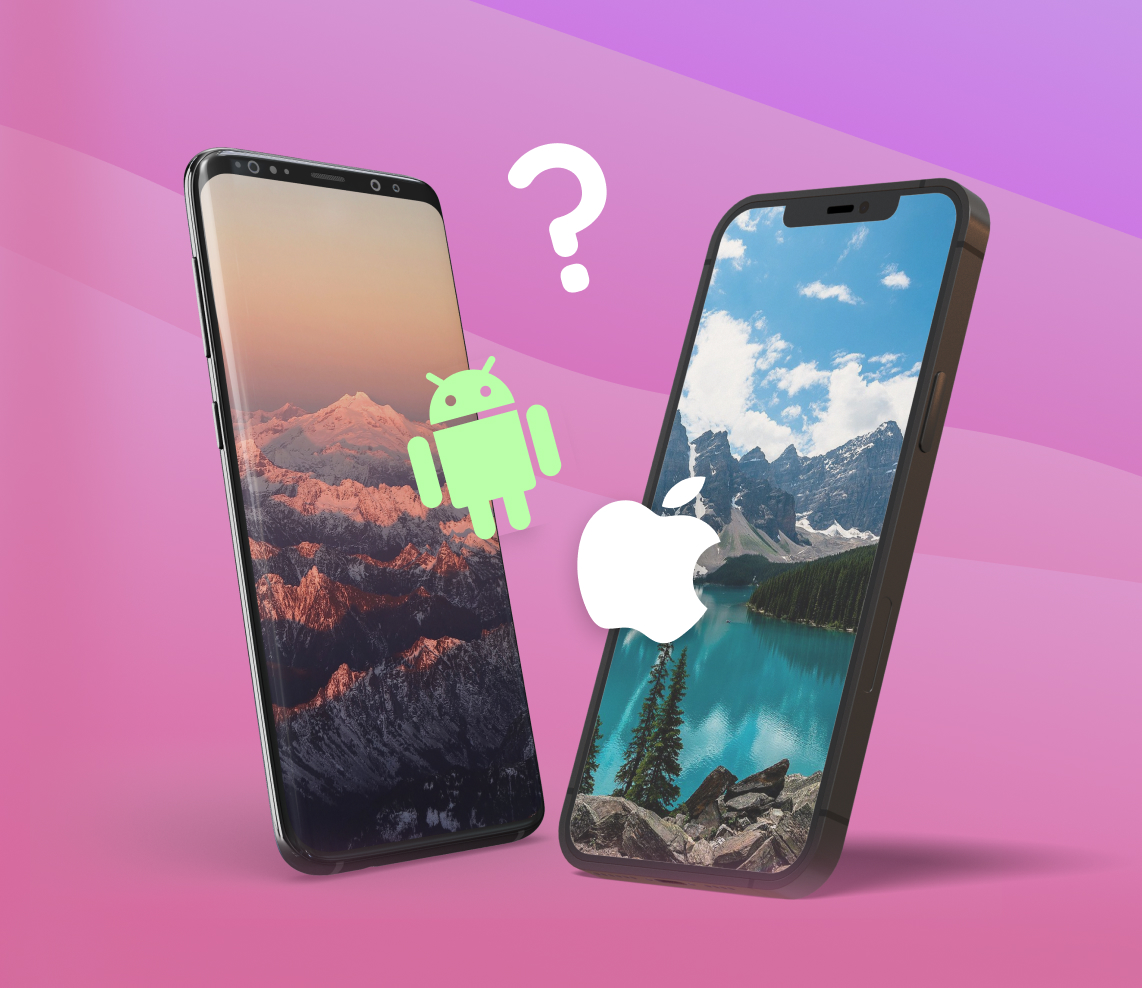Smartphone photography is no longer synonymous with low-quality pictures that avid photographers would never want to include in their portfolios. Modern smartphones produce pictures that give even DSLR cameras a run for their money, and they do so with a simple tap on the shutter button. If you’re currently contemplating your next smartphone purchase, then you need to choose between iPhone (iOS) and Android.
This article is here to help you understand the differences between iPhone vs Android camera quality, usability, and features.
Available Models and Their Prices
There are a limited number of iPhone models available compared to the wide variety of Android smartphones. Apple typically releases a new iPhone model once a year, whereas a new Android device is released almost every day.
Some consumers see the limited number of iPhone models as a benefit because it simplifies the buying process and ensures that all iPhones have the latest features and specifications. Since the iPhone SE doesn’t have a particularly good camera, your options essentially boil down to the regular iPhone (starts at $799) and the iPhone Pro/Pro Max (starts at $999).
Android devices range from budget-friendly options to high-end flagship smartphones, and this variety allows consumers to choose the phone that best fits their needs and budget. If you are a photographer and refuse to compromise in terms of Android camera quality, then you should limit yourself to flagship devices like the Samsung S22 Ultra (starts at around $1,000) or the Google Pixel 7 Pro (starts at $899).
Camera Comparison
To keep things simple, we will be focusing on the latest iPhone 14 Pro Max and comparing it with the Samsung Galaxy S22 Ultra & Google Pixel 7 Pro. By comparing the best against the best, it will become clear which of the two platforms is better for photographers.
Rear-Facing Cameras

The iPhone 14 Pro Max has three rear-facing cameras:
- Wide: 48 MP, f/1.8, 24mm, 1/1.28″, 1.22µm, dual pixel PDAF, sensor-shift OIS
- Telephoto: 12 MP, f/2.8, 77mm, 1/3.5″, PDAF, OIS, 3x optical zoom
- Ultrawide: 12 MP, f/2.2, 120˚, 1/2.55″, 1.4µm, dual pixel PDAF
Similar three rear-facing cameras can be found on the Google Pixel 7 Pro:
- Wide: 50 MP, f/1.9, 25mm, 1/1.31″, 1.2µm, multi-directional PDAF, Laser AF, OIS
- Telephoto: 48 MP, f/3.5, 120mm, 1/2.55″, 0.7µm, multi-directional PDAF, OIS, 5x optical zoom
- Ultrawide: 12 MP, f/2.2, 126˚, 1/2.9″, 1.25µm, AF
The Samsung Galaxy S22 Ultra outshines both the iPhone 14 Pro Max and the Google Pixel 7 Pro because it has one extra camera:
- Wide: 108 MP, f/1.8, 23mm (wide), 1/1.33″, 0.8µm, PDAF, Laser AF, OIS
- Periscope: 10 MP, f/4.9, 230mm, 1/3.52″, 1.12µm, dual pixel PDAF, OIS, 10x optical zoom
- Telephoto: 10 MP, f/2.4, 70mm, 1/3.52″, 1.12µm, dual pixel PDAF, OIS, 3x optical zoom
- Ultrawide: 12 MP, f/2.2, 13mm, 120˚, 1/2.55″, 1.4µm, dual pixel PDAF, Super Steady video
The additional camera features a 10x periscope zoom mechanism, allowing it to reach a focal length of up to 230mm, making it perfect for shots of very distant objects, such as birds or planes.
Besides the extra camera, the Samsung Galaxy S22 Ultra’s main camera has twice as many megapixels as the main camera on the iPhone 14 Pro Max and the Google Pixel 7 Pro, resulting in significantly more detail being captured and giving you more room to play with when cropping your images.
The Google Pixel 7 Pro stands out with its 48 MP telephoto camera with a focal length of 120mm. In comparison, the iPhone 14 Pro Max and the Samsung Galaxy S22 Ultra have only 12 and 10 MP telephoto cameras, and their focal lengths are much shorter (77 and 70mm, respectively).
Overall, the Samsung Galaxy S22 Ultra is a great option for those who want to carry a ridiculously wide zoom range in their pocket, but those who primarily shoot portraits and landscapes are unlikely to use it to its full potential. The iPhone 14 Pro Max and the Google Pixel 7 Pro offer very similar sets of cameras, and the differences between them come down largely to the software side of things (more about it soon).
Front-Facing Camera

While some photographers avoid selfies like the plague because they see them as inauthentic and self-promoting, others believe they are a creative outlet or a good way to connect with others. Regardless of which camp you fall into, a high-quality front-facing camera can greatly expand your photo-taking options.
Here’s what the three smartphones we’re focusing on for the purposes of this iPhone vs Android camera comparison have to offer:
- iPhone 14 Pro Max: 12 MP, f/1.9, 23mm, 1/3.6″, PDAF
- Samsung Galaxy S22 Ultra: 40 MP, f/2.2, 26mm, 1/2.82″, PDAF
- Google Pixel 7 Pro: 10.8 MP, f/2.2, 21mm, 1/3.1″
Again, the Samsung Galaxy S22 Ultra wins megapixel race, but the iPhone 14 Pro Max has the largest aperture of the three smartphones, resulting in superior low-light performance. The Google Pixel 7 Pro has the weakest front-facing camera, especially because it lacks Phase Detection Auto Focus, so images are often blurrier than they should be. They’re also too wide-angle for our liking and, as a result, quite distorted, especially toward edges.
Video Recording

Even though this Android vs Apple camera comparison is largely about static pictures and not videos, not discussing the difference between iPhone and Android camera video recording quality would be an unfortunate omission.
The iPhone 14 Pro Max, the Samsung Galaxy S22 Ultra, and the Google Pixel 7 Pro can record 4K video footage at up to 60 frames per second. All three smartphones can additionally record 1080p slow-motion videos at 240 frames per second for the iPhone 14 Pro Max and the Google Pixel 7 Pro and up to 480 frames per second for the Samsung Galaxy S22 Ultra.
The iPhone 14 Pro Max supports Apple’s ProRes lossy video compression format to deliver professional image quality. ProRes video files can be edited using such popular video editing applications as Adobe Premiere Pro and After Effects, Blackmagic’s DaVinci Resolve, and, of course, Final Cut Pro.
If you’re someone who doesn’t enjoy video editing much and you want your recordings to look great right away, then you can enable Cinematic Mode on the latest iPhone (as well as iPhone 13 models) and the two Android smartphones (and many other high-end and flagship models). Apple’s Cinematic Mode looks the best in our opinion, but the gap isn’t particularly large.
Software Features & Image Quality
You can have the best camera sensor in the world, but it won’t be easy to take consistently good-looking pictures unless the software side of things is equally polished.
Native Applications
The native iPhone camera app offers the most pleasant and consistent user experience. Everything from switching between available camera modes to changing lenses to adjusting different settings is completely seamless and lag-free.
Unfortunately, there are not that many settings to change because the native iPhone camera app lacks Manual mode. You can only adjust the exposure and play with customizable photographic styles.
The camera app that comes with the Google Pixel 7 Pro feels like a slightly less optimized version of the iPhone camera app. For example, it’s easy to see when the smartphone changes from one lens to another when zooming in or out. Manual mode is also missing.
As is typical for Samsung devices, the camera app that comes pre-installed on the Galaxy S22 Ultra is packed with extra features (some are more useful than others), and it even has Manual mode that you can use to change the exposure, ISO, shutter speed, white balance, and more. The app is fairly nice to use, but it can have its embarrassing moments, such as when it becomes unresponsive or crashes unexpectedly.
Third-party Solutions
Since neither platform limits you to the native camera app, we should also talk about third-party iPhone camera vs Android camera apps.
There are many great third-party camera apps available for the iPhone. Here are three highly-rated camera apps that you may want to consider if you’re interested in extra features and better optimization for apps like Instagram and TikTok:
- Halide Camera: Known for its focus on manual controls, Halide allows you to adjust settings such as exposure, ISO, and white balance to get the perfect shot. It also has a unique gesture-based interface that makes it easy to use.
- Camera+ 2: Are you interested in a large variety of shooting modes, including a stabilizer for taking sharp photos and a timer for self-portraits? Then Camera+ 2 may be the right third-party app for you. It also has a robust editing suite that lets you adjust exposure, color, and other settings.
- Obscura 3: This app is designed for simplicity and ease of use, with a clean interface and intuitive controls. It offers a range of shooting modes and advanced editing tools, as well as support for RAW files and iCloud syncing.
Android users can also choose from many excellent third-party camera apps, including:
- Camera FV-5: Providing professional-level camera controls, Camera FV-5 is perfect for enthusiasts and professional photographers who want to take high-quality, raw photos using DSLR-like manual controls that they can manipulate later to create stunning images.
- Open Camera: This a free and feature-packed camera app for Android devices. With this app, you can take perfectly leveled photos, thanks to the auto-leveling feature. It also offers access to a wide range of camera settings, including scene modes, color effects, white balance, and more.
- ProCam X: This app can transform your phone into a professional-grade camera. ProCam X has all the features you need to capture stunning photos and videos, from quick settings to advanced manual controls.
Other Things to Consider
Now that we’ve covered the main differences between Android vs iPhone picture quality, we want to end our comparison by briefly touching upon some other factors that may influence your purchase decision.
? Battery Life
It used to be that even budget Android smartphones could put the most expensive iPhone to shame when it comes to battery life. While it’s still true that Android smartphones tend to have larger batteries than iPhones do (both the Samsung Galaxy S22 Ultra and the Google Pixel 7 Pro have a 5,000 mAh battery while the iPhone 14 Pro Max has a 4,323 mAh battery), Apple’s excellent software optimization and efficient chipsets help iPhones last a very long time on a single charge.
Just don’t expect to recharge your iPhone battery quickly because even the most expensive iPhone has a maximum charging speed of only 27 watts. The Samsung Galaxy S22 Ultra 5G charges at up to 45 watts, and devices like the Xiaomi 11T Pro charge at whooping 120 watts.
? Accessories
As far as basic accessories like cases and screen protectors go, you will have many options to choose from regardless of if you go with an iPhone or Android device.
That said, there’s an entire ecosystem of third-party iPhone accessories aimed at photographers, and it includes clip-on lenses, external microphones, mounts, gimbals, and much more. Many of the same accessories are not available for Android smartphones, so this is definitely something to consider if you would like to take your photography to the next level with them.
Summary Table
| iPhone 14 Pro Max | Samsung Galaxy S22 Ultra | Google Pixel 7 Pro | |
| Price | $1,099 | around $1,000 | $899 |
| Number of cameras | 3 | 4 | 3 |
| Resolution of the main camera | 48 MP | 108 MP | 50 MP |
| Selfie camera resolution | 12 MP | 40 MP | 10.8 MP |
| Maximum video resolution | 4K 60 FPS | 4K 60 FPS | 4K 60 FPS |
| Manual mode in the native app | No | Yes | No |
| Battery life (web browsing) | 23:39h | 16:54h | 12:38h |
FAQ
It is difficult to say definitively whether iPhone cameras are better than Android cameras, as both platforms offer high-quality cameras that are capable of producing excellent photos. Some people may prefer the reliable, intuitive nature of iPhones, while others love the advanced technical features offered by some Android devices.
The number of megapixels in a camera’s sensor is one factor that can affect the quality of the photos it produces. In general, a higher number of megapixels will result in photos with more detail and resolution. However, other factors such as the size of the sensor, the quality of the lens, and the processing power of the camera also play a role in determining the overall quality of a picture.
There are a few reasons why the cameras on iPhone models are generally considered to be better than those on Samsung phones, such as:
- More consistent performance
- Better low-light image quality
- Frequent software updates and improvements
- Superior video recording capabilities
Yes, both iPhones and high-end Android devices support RAW file formats. A RAW file is a type of image file that contains unprocessed data from a digital camera’s image sensor. This allows for more flexibility and control when editing the photo.
In general, iPhone Pro models have better cameras than regular iPhone models. The iPhone Pro models have more advanced features and larger image sensors, which can improve the quality of the photos they take.
Conclusion
After comparing the camera capabilities of both iPhone and Android devices, it is clear that both platforms offer high-quality cameras that are suitable for photography enthusiasts. While iPhones tend to offer a more polished user experience and more consistently great overall results, some Android devices have higher-resolution sensors, periscope cameras, and other advanced technical features.
Ultimately, the choice between iPhone and Android will come down to personal preference and individual needs. Both platforms offer excellent cameras that can produce stunning photographs, so it is up to the photographer to decide which platform best suits their style and needs. Whether you choose iPhone or Android, you can be confident that you will have a powerful and capable camera at your fingertips.
